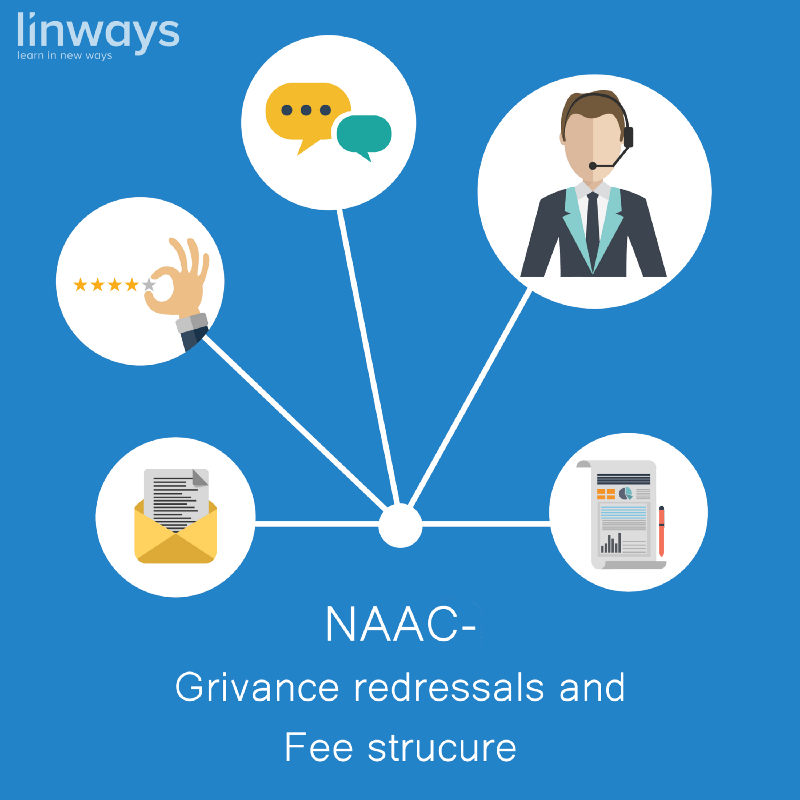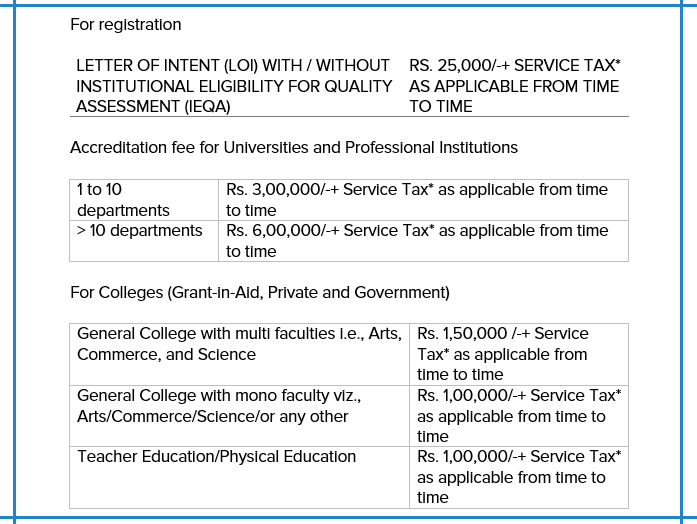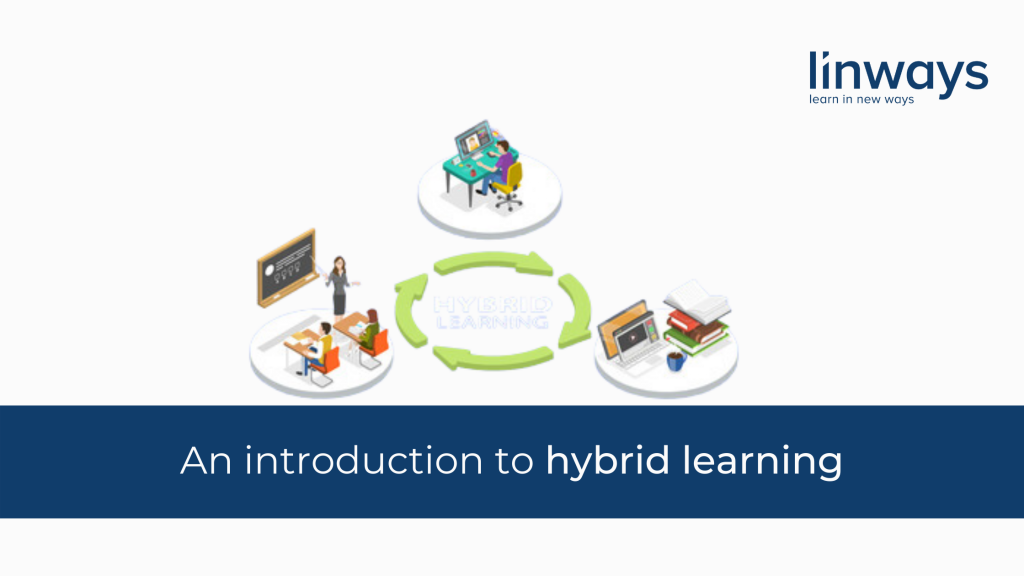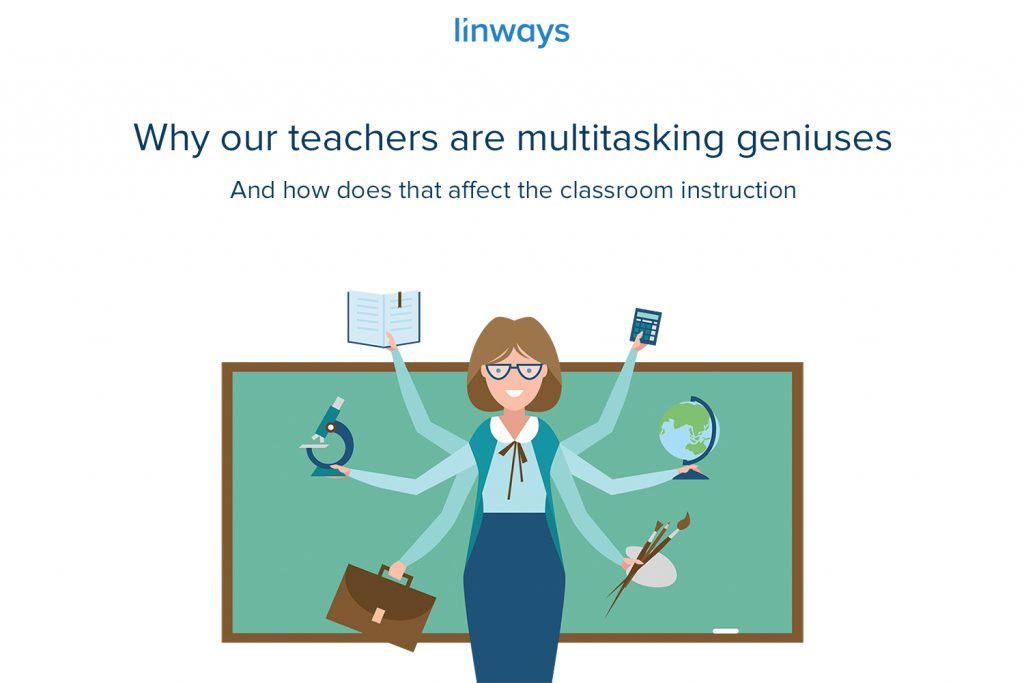We have seen a lot during these past few weeks on the NAAC blog series. We saw why the accreditation is here, how it’s done, the accreditation criteria, and discussed some quality assurance practises for NAAC and in general. But let’s not overstay our welcome here and let’s move on.
We will soon reach you with our “A handy guide on NAAC accreditations”, just like we did with NBA accreditation.

Grievance Redressal
The process of assessment and accreditation are done jointly by the NAAC and the institution being assessed. Every stage of the process should be transparent, and complies with the values and notions both NAAC and the institution upholds. The institution is consulted at various stages of the process — clearing any conflict of interests with the peer team’s planning like the schedule for institutional visit, sharing the draft peer team report before the team leaves the campus etc.
In spite of this partnership approach, there may be institutions that might have grievances to be addressed. So, to provide a review mechanism for institutions who has complaints or grievances about the process or its outcome or any other issues related to those, the NAAC has certain Grievance Redressal Guidelines.
After the announcement of the Assessment & Accreditation outcome, the institution, if not satisfied with the accreditation status may submit:
- The letter of intent for appeal along with a request to provide the criterion wise scores so as to reach NAAC within 30 days from the receipt of the letter intimating the accreditation status from NAAC.
- The application for Appeal should reach NAAC within 30 days once the institution has received the criterion wise scores from NAAC. The application for appeal is to be submitted along with the requisite non-refundable fee of Rs. 1,00,000/- plus service tax @ 15 %.
The appeal will be considered by the Appeals Committee of NAAC.
An Appeals Committee constituted for this purpose will consider the appeal and make recommendations to the Executive Committee (EC). The decision of the EC shall be final and binding on the institution.
Reassessment and cycles of accreditation
Institutions, which would like to make an improvement in the accredited status, can volunteer for a Re-assessment, after completing at least one year but not after the completion of three years. The manual to be followed for re-assessment is the same as that for the Assessment and Accreditation.
However, the institution shall make specific responses based on the recommendations made by the peer team in the first assessment and accreditation. The fee structure would be the same as that for Assessment and Accreditation for the first time.
When an institution undergoes the accreditation process for the first time it is referred to as Cycle 1 and the consecutive five year periods as Cycles 2, 3, etc.
For Cycle 1, please refer the previous posts of our blog series.
For Cycles 2, 3, etc. the following are essential:
- A fully functional Internal Quality Assurance Cell (IQAC).
- Timely submission of Annual Quality Assurance Reports (AQAR).
- Institutions to submit Letter Of Intent (LOI), six months before the expiry of the accreditation status.
Other steps are the same as first cycle.
Accreditation Fees

Professional Institutions.
Professional Institutions will be charged as per the fee structure applicable to universities, i.e., Engineering and Technology, Management, Law, Health Sciences (Allopathy, Homoeopathy, Ayurveda, Dental, Pharmacy, Nursing, etc.).
Mode of payment
The fee has to be paid in the form of Demand Draft drawn in favour of “The Director, NAAC”, payable at Bangalore.
However, institutions receiving the developmental grants from UGC under section 2(f) and 12B of UGC Act need not pay the assessment and accreditation fees. The expenses on TA/DA of peer team would be reimbursed as per NAAC guidelines on submission of the latest development grant sanction letter of UGC with an attestation by the Head of the Institution and other necessary documents.
All the previous blogs of this series were very well received. We want to thank our readers for the support and inspiration they have given us. As we promised, our book “A handy guide on NAAC accreditation” will reach you soon. Meanwhile, tell us your feedback and comments or if there’s anything you like to add to these blogs.




